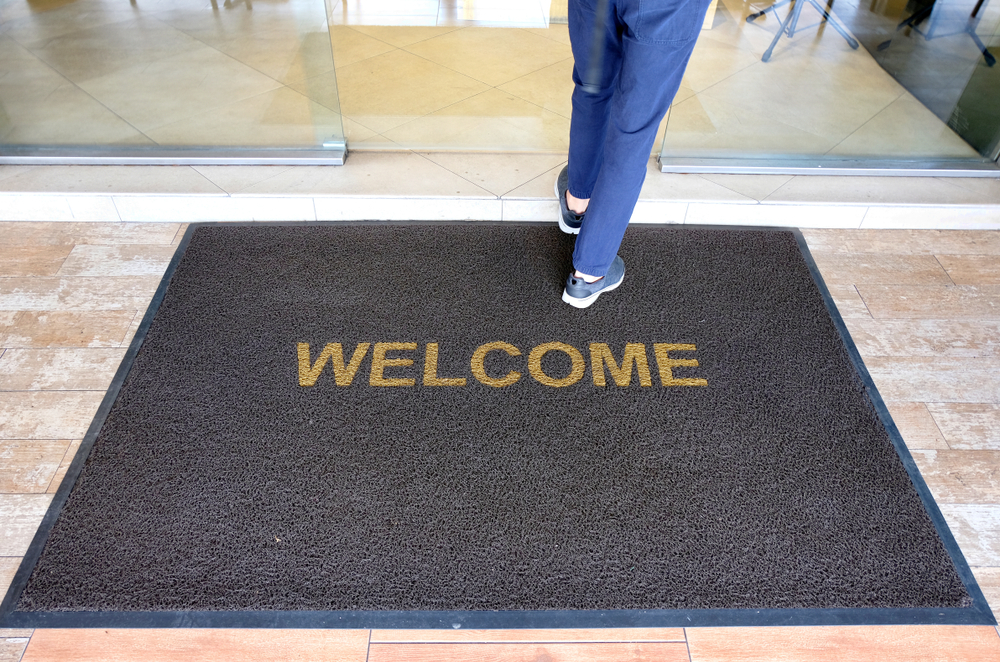The days of one-size-fits-all wellness programs are long gone, if they ever truly existed. People’s needs are too diverse to all be met with gym reimbursements or step challenges, which means employers interested in engaging their entire workforce in well-being need solutions that can be personalized to individual schedules, interests, and ability levels.
The reality is that expectations about well-being initiatives are evolving. There is a growing interest in health equity, offering opportunities to help everyone live their healthiest life regardless of race, age, gender, or physical capabilities. Furthermore, mental and emotional well-being has taken on new prominence thanks to the stresses of living through a pandemic. And a pandemic-driven move to cook more at home also highlighted the value of offering employees engaging nutrition education and cooking instruction.
Even among employees who prefer a traditional workout, it can be hard to find a single offering that meets everyone’s needs. Some may enjoy running, while others prefer weightlifting, cycling, or group fitness. Additionally, when COVID-19 forced a shift to remote learning—and a requirement to meet physical education activity goals—many parents discovered the value of having fitness options designed for school-aged kids.
Well-Being for Everyone
For employers, it is more important than ever to develop well-being initiatives that encourage everyone to live their best, healthiest lives. What does that look like? For one thing, well-being initiatives should include options that appeal to a range of interests, ability levels, and ages. So, for example, the CEO who wakes with the sun and loves high-intensity interval training can get the same benefit as the intern who prefers yoga and likes to work out late at night or the parents who want activities they can do with their kids.
Employers also must consider a move away from making gyms the center of employee fitness options as individuals increasingly look for workout options that fit their schedule. Consider that 76% of consumers said they started working out more at home during the pandemic, and 66% say they prefer home workouts to the gym. That figure increases to 81% among millennials, the largest generational group in the workforce.
Supporting employees who prefer the comforts of home will require solutions that are available anytime, anywhere. For many, on-demand, virtual fitness options have helped bridge the gap between gym and home. Consumers downloaded 2.5 billion health and fitness apps worldwide in the first 11 months of 2020—a 47% jump from the same period in 2019.
Beyond Physical Fitness
But fitness is only the beginning when it comes to fully addressing employee well-being because living a healthy life is about more than dropping pounds or building muscle. Mental and emotional health was taking on new importance even before last year, and the pandemic heightened those concerns, with adults being eight times more likely to screen positive for serious mental illness and a 1,000% increase in people with emotional distress.
Serious mental health issues will require specialized support, but addressing employees’ everyday stresses may simply require mindfulness and relaxation instruction that employees can access when they are feeling overwhelmed.
Another important consideration is how employees fuel their bodies. People started cooking at home in significant numbers last year, and many chose to focus on healthy meals. The current challenge will be maintaining that interest and avoiding kitchen fatigue now that eating at a restaurant is once again a viable option. With nutrition instruction and video cooking lessons, employers can help employees fuel their bodies the right way.
A Friendly Face
Finally, it’s important to consider the question of representation. On-demand, virtual fitness can expand employees’ options, but it’s important to ensure instructors reflect a range of races and body types and lead classes in ways that make all participants feel welcome. When instructors are able to engage participants, it becomes easier to keep everyone interested in working out.
This also applies if you are conducting fitness or other classes in the office. Make sure your instructors represent the diversity of your workforce.
The COVID-19 pandemic changed the way we work and live, possibly forever. By one estimate, as many as 25% of tasks can be done remotely without losing productivity, and executives plan to reduce office space by about 30% as companies transition to either full-time or hybrid remote work schedules. This continued trend means employer-sponsored well-being initiatives must also evolve. That creates opportunities, but it also requires alignment of program offerings and the makeup and needs of your workforce.
Jason Von Bank is president and CEO of Wellbeats, a scalable, affordable, and easy-to-use virtual fitness solution that empowers habit-forming physical and mental health for its more than 1.5 million members. As a pioneer of the virtual fitness space, the Wellbeats difference lies within the quality and variety of content, security, and innovation. With over 800 exercise, nutrition, and mindfulness classes, there is something for every age, interest, environment, and ability level. Contact Von Bank at jvonbank@wellbeats.com.

